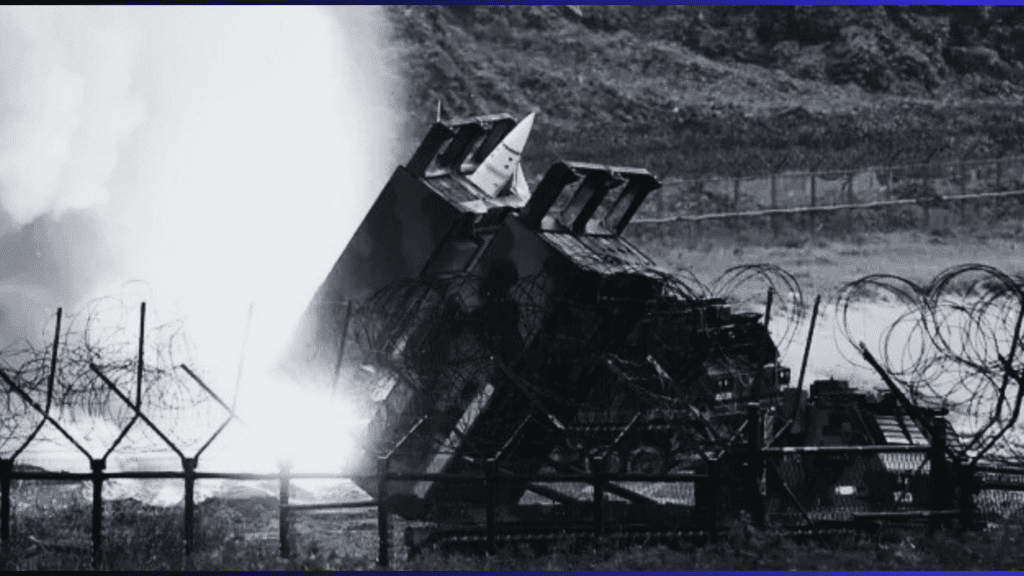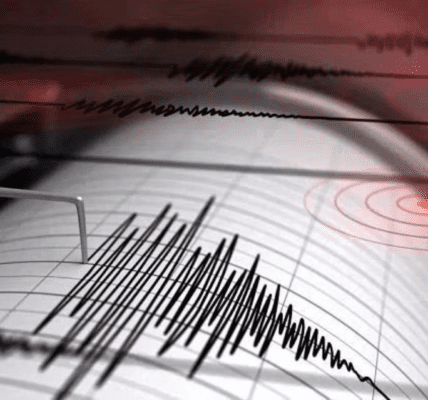Ukraine Strikes Deep into Russia with U.S.-Supplied Long-Range Missiles for the First Time

The ongoing war between Ukraine and Russia has taken a dramatic turn with Ukraine’s recent deployment of U.S.-supplied longer-range missiles, marking a significant escalation in the conflict. For the first time, Ukraine has used these advanced weapons to strike targets deep within Russian territory. This development reflects not only a shift in Ukraine’s military strategy but also a notable evolution in Western support for Kyiv. Here’s a detailed look at the implications of this event, the technology behind the missiles, and how this action might shape the future of the conflict.
A New Phase in the Conflict
Since the invasion began in February 2022, the war in Ukraine has largely revolved around battles within Ukrainian borders. However, the use of these longer-range missiles signals Kyiv’s intent to challenge Russian forces on their home turf. By striking military installations and logistical hubs deep within Russia, Ukraine aims to disrupt supply lines and deter further aggression.
This action comes amid growing frustration in Kyiv regarding the slow pace of Western military aid and a desire to demonstrate its ability to push back against Russian dominance. The move is not just a message to Moscow but also to Ukraine’s allies, showcasing its capacity to effectively use advanced weaponry.
The Role of U.S.-Supplied ATACMS
The missiles used in these recent strikes are believed to be the Army Tactical Missile System (ATACMS), a U.S.-made surface-to-surface missile known for its precision and extended range. Unlike other artillery systems provided to Ukraine, ATACMS offers a range of up to 300 kilometers (186 miles), allowing Ukrainian forces to reach far beyond their previous capabilities.
ATACMS is launched from the M142 High Mobility Artillery Rocket System (HIMARS), which Ukraine has already been using effectively. What sets ATACMS apart is its ability to hit high-value targets, such as command centers, ammunition depots, and airbases, with pinpoint accuracy. This makes it a game-changer in the ongoing conflict.
The First Targets
While details remain classified, reports suggest that Ukraine targeted key military installations in Russia’s western regions. These strikes are believed to have hit ammunition storage facilities, troop concentrations, and other infrastructure critical to Russia’s war effort. Some sources indicate that the strikes caused significant damage, though Moscow has downplayed their impact.
This is not the first time Ukraine has struck inside Russian territory. However, previous attacks were conducted using drones or special operations units, which had limited range and impact. The introduction of ATACMS represents a significant escalation in both the scale and effectiveness of such operations.
Russia’s Reaction
Russia has condemned the strikes, labeling them as acts of aggression orchestrated by the United States and its NATO allies. Moscow has reiterated its warnings against Western military assistance to Ukraine, claiming it increases the risk of a broader conflict. Kremlin spokesperson Dmitry Peskov stated that such actions “will not go unanswered” but did not elaborate on potential retaliatory measures.
However, this development puts Russia in a challenging position. On one hand, the strikes expose vulnerabilities in its military infrastructure, particularly its ability to defend critical assets far from the front lines. On the other hand, Russia must balance its response carefully to avoid provoking even greater international backlash.
Western Support and Concerns
The provision of longer-range missiles to Ukraine underscores a deepening commitment from the United States and its allies to help Kyiv counter Russian aggression. However, this decision was not without controversy. Critics argue that supplying such weapons risks escalating the conflict into a direct confrontation between NATO and Russia.
Despite these concerns, Western officials maintain that the missiles are being supplied under strict conditions to ensure they are used responsibly. Ukraine has reportedly agreed not to target civilian areas or engage in strikes that could provoke a disproportionate response from Moscow.
U.S. officials have also emphasized that the goal of providing ATACMS is to help Ukraine defend its sovereignty, not to encourage offensive actions. The Biden administration has carefully calibrated its support to avoid crossing red lines that might lead to direct Russian retaliation against NATO members.
Implications for the Battlefield
The introduction of longer-range missiles is likely to have a profound impact on the battlefield dynamics. By targeting key logistical and command nodes inside Russia, Ukraine can significantly disrupt Moscow’s ability to sustain its war effort.
Moreover, the strikes serve as a morale booster for Ukrainian forces and civilians, who have endured months of relentless attacks. Demonstrating the ability to hit back at Russia may also help Kyiv strengthen its negotiating position in any future peace talks.
For Russia, the strikes are a wake-up call. They highlight gaps in its air defense systems and raise questions about the security of critical infrastructure far from the front lines. Moscow may be forced to divert resources to bolster its defenses, potentially weakening its position in occupied Ukrainian territories.
Risks of Escalation
While the use of ATACMS marks a strategic victory for Ukraine, it also comes with significant risks. Russia has previously warned that attacks on its territory could prompt a severe response, including the use of tactical nuclear weapons. Although such a scenario remains unlikely, the possibility cannot be entirely ruled out.
There is also the risk that Russia might intensify its attacks on Ukrainian cities and civilian infrastructure in retaliation. Recent weeks have already seen an uptick in missile and drone strikes across Ukraine, and this trend could worsen.
The Bigger Picture
The use of U.S.-supplied longer-range missiles is a reflection of the broader geopolitical stakes in the Ukraine-Russia war. For Kyiv, it is about survival and sovereignty. For Moscow, it is about asserting dominance and resisting what it sees as Western encroachment. For the West, it is a test of its resolve to stand up to aggression without triggering a larger conflict.
The coming weeks will be critical in determining how this new phase of the war unfolds. Much will depend on Russia’s response, Ukraine’s ability to sustain its counteroffensive, and the continued flow of Western support.
Conclusion
Ukraine’s first use of U.S.-supplied long-range missiles to strike targets inside Russia marks a turning point in the conflict. It is a bold move that demonstrates Ukraine’s growing military capabilities and its determination to reclaim lost territory. However, it also raises the stakes in a war that has already caused immense human suffering and geopolitical instability.
As the world watches closely, one thing is clear: the Ukraine-Russia war is far from over, and its outcome will have profound implications for the global order. Whether this escalation leads to a resolution or further entrenches the conflict remains to be seen




